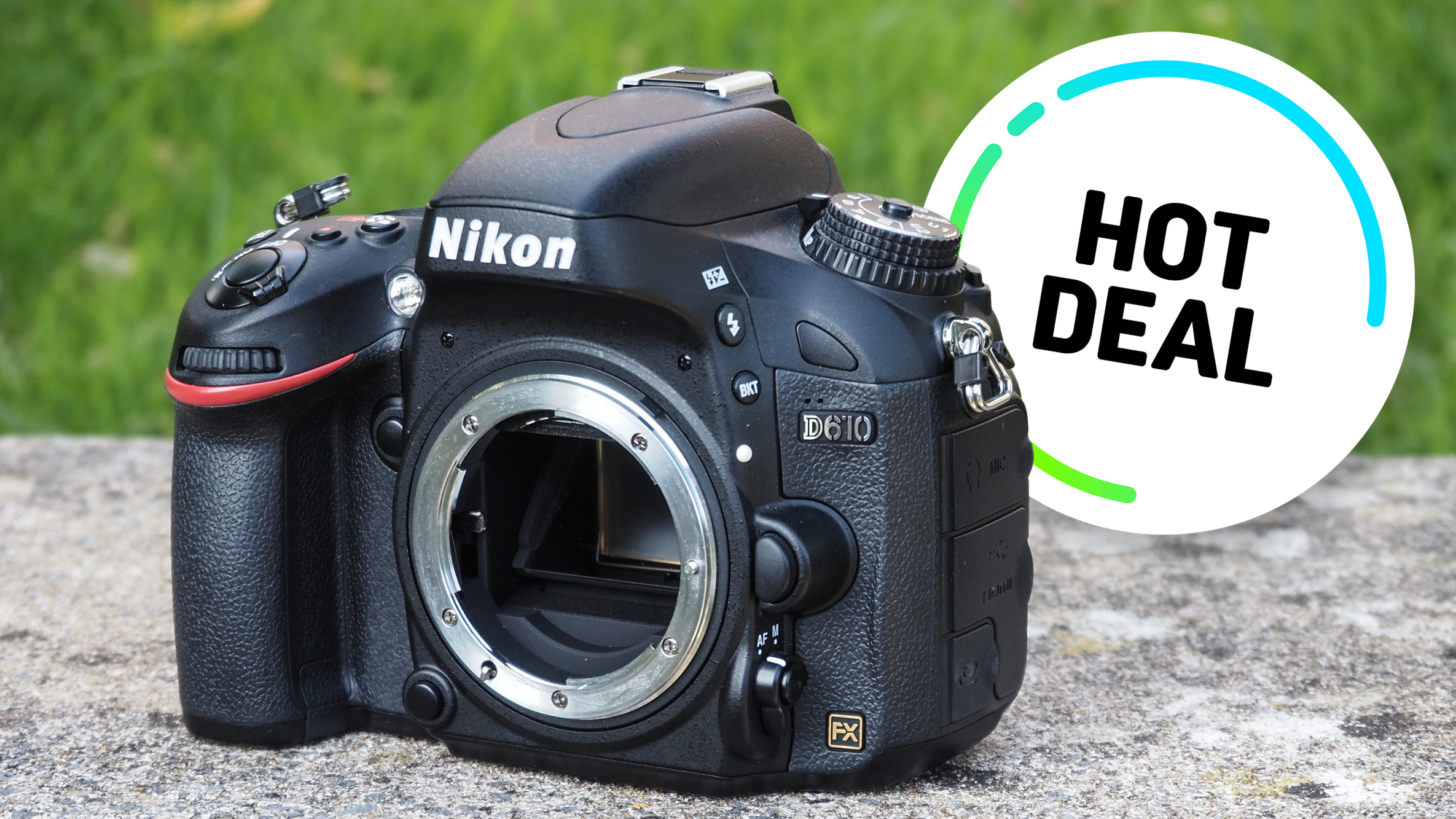
Photography is all about light: its direction, angle, quality and strength. Scenes can look very different under varied lighting conditions and, as any landscape photographer knows, the most attractive natural light occurs at the start and end of the day.
Learn how predicting the angle of sunrise can benefit your landscape photography
Time: One hour
Skill level: Beginner
Kit needed: DSLR, tripod, smartphone, PhotoPills app
Not only does the low angle of the sun create pockets of light and shade that reveal the contours of a landscape, its rays have to pass through more of the earth’s atmosphere, causing the light to take on the warm qualities that result in vibrant sunrises and sunsets.
If you can work out how the light will behave in advance, you’ll have a huge advantage when shooting landscapes. This is where technology can help. With a smartphone, all the information you need is at your fingertips. In the last few years several apps have been developed specifically for this purpose, including the excellent PhotoPills.
It’s possible to chart the trajectory of the sun with such precision that you can even predict exactly where it will appear in your composition. Here we’ll use PhotoPills along with other planning tools to work out exactly where the sun will rise. With smart tools like this, we can predict the angle of the sun and determine the most vibrant part of the sky long before going out to shoot it.
Step-by-step guide: Plan your sunrise shoot
Excellent planning apps
A wealth of useful information on the sun, moon and tides can be at your fingertips with a few clever apps. Here are our picks: PhotoPills (£7.99/ $12.49) has raised the bar for planning apps with its sheer number of tools and tutorials. Then there’s The Photographer’s Ephemeris (£6.99/ $8.99), a long-cherished tool for landscape photographers. Photographer’s Transit (£6.99/$8.99), the sister app to The Photographer’s Ephemeris, is a shot-planning tool that helps you determine sight lines. And Tides Near Me (free) is a handy app for seascape photographers that gives you the last and next tide at nearby coastlines.
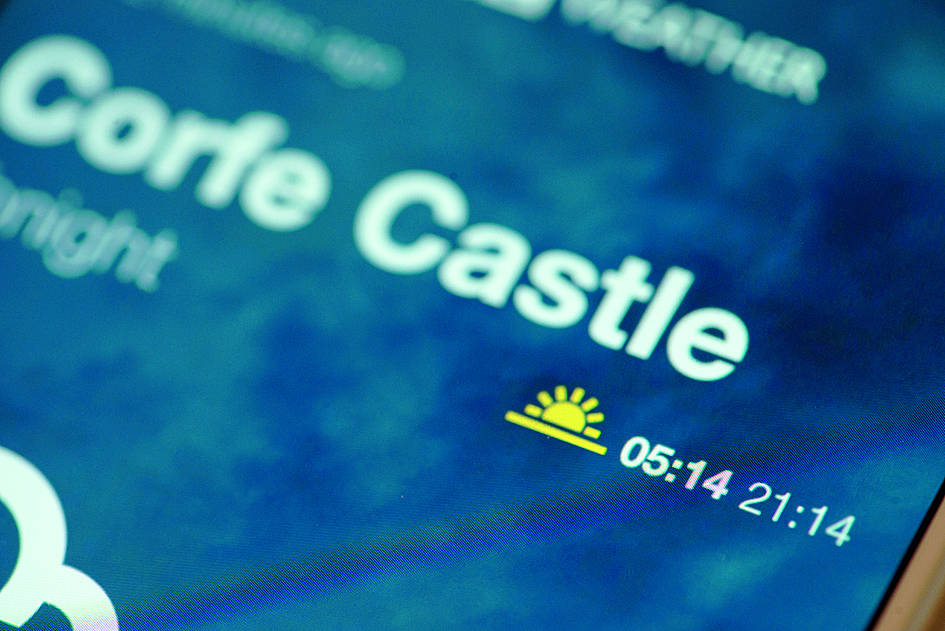
1. Check the weather
First, check the weather. Ideally you want partial cloud. If it’s miserable and wet, stay in bed! Next, check the time of sunrise. There’s a moment when the colours are at their peak, but it lasts for minutes at most, so be ready.
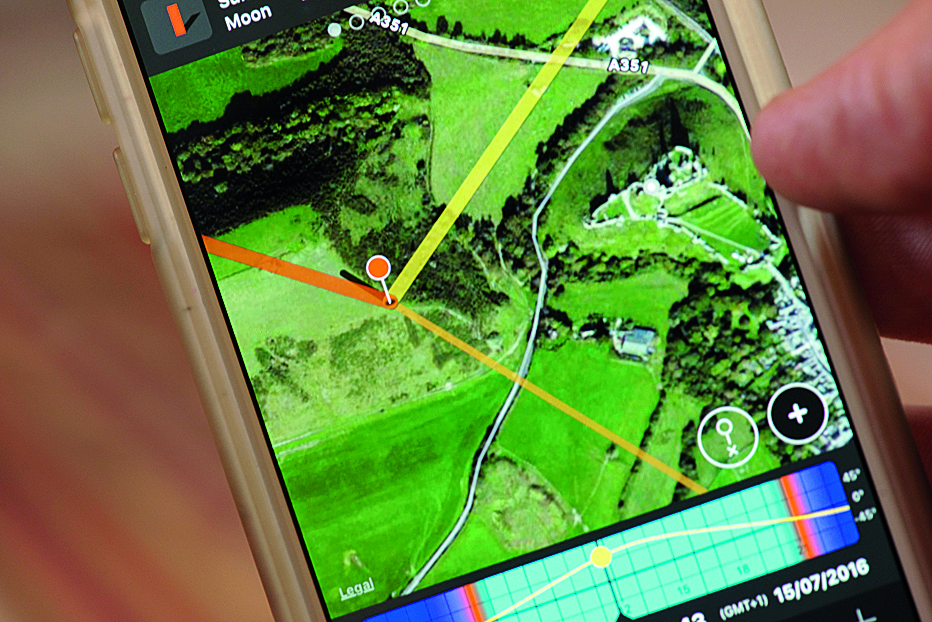
2. Plan your position
Use Google Maps to scout out the location. Here a hill to the west of our subject offers an elevated position. Now open the PhotoPills app (or the Photographer’s Ephemeris app) and check the sunrise angle.
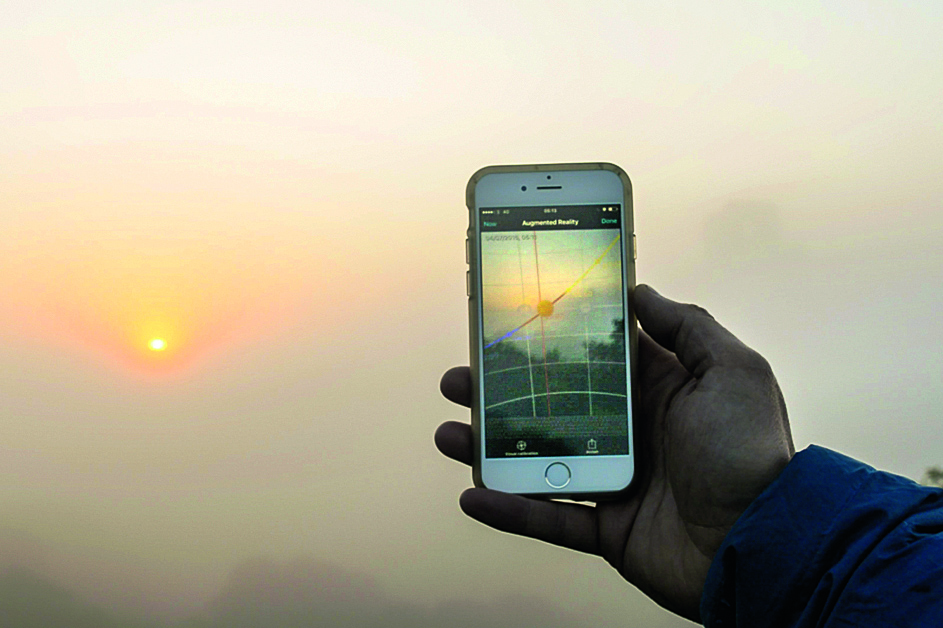
3. Check the position
Upon arrival, check the position of the sun using PhotoPills’ augmented reality mode. Patience might be needed: Corfe Castle here was initially shrouded in mist, but 20 minutes later, the mist had cleared just enough.
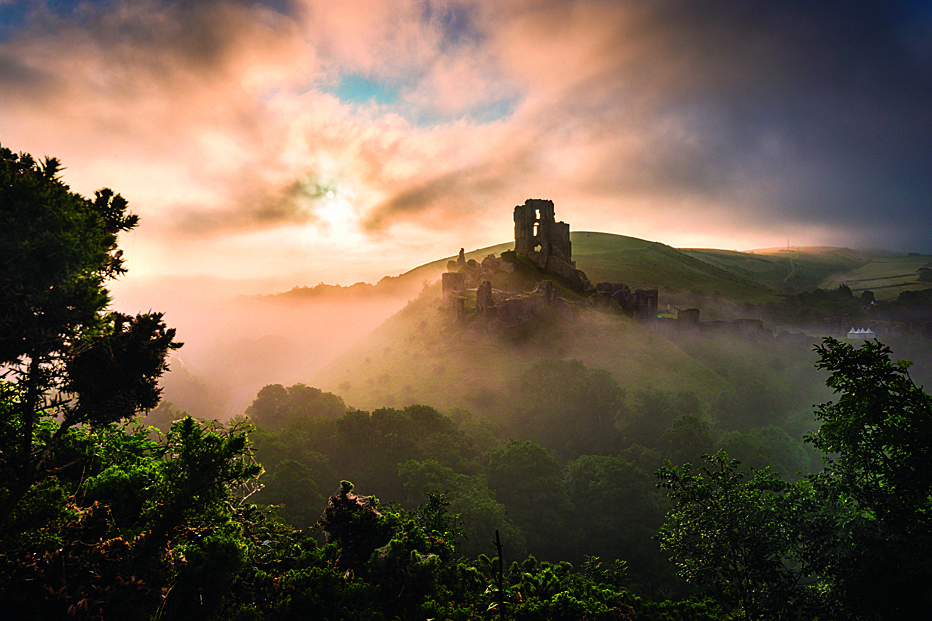
When shooting landscapes with close details like the bushes in our shot, use an aperture of f/16 to keep both the foreground and distant details sharp
4. Compose the shot
Keep the camera off the tripod at first; this will free you to experiment with framing. As well as the sun, include foreground details. Focus one-third of the way in (or use PhotoPills to obtain the hyperfocal distance) and shoot.
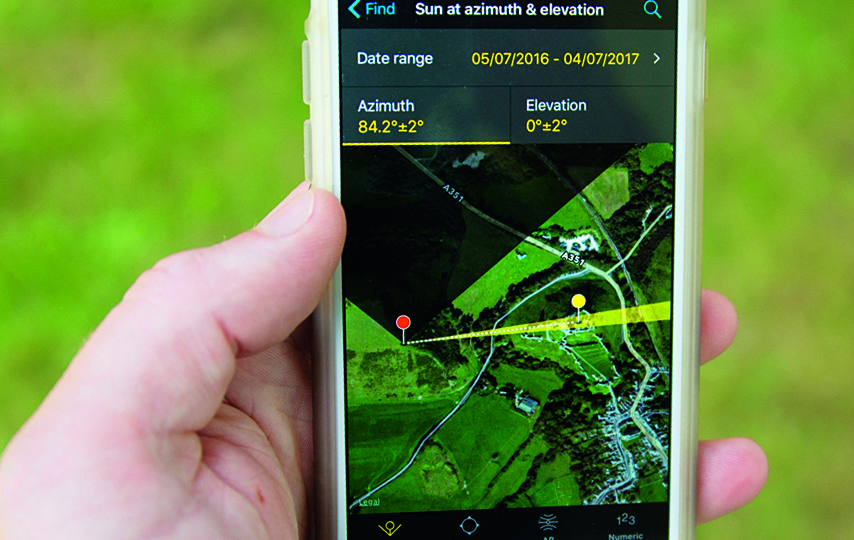
Read more: How to improve your landscape compositions
Get the Digital Camera World Newsletter
The best camera deals, reviews, product advice, and unmissable photography news, direct to your inbox!
N-Photo: The Nikon Magazine is a monthly publication that's entirely dedicated to Nikon users. As a 100% independent magazine, you can be assured of unbiased opinion from a trustworthy team of devoted photography experts including editor Adam Waring and Deputy Editor Mike Harris.
Aimed at all users, from camera newcomers to working pros, every issue is packed with practical, Nikon-specific advice for taking better photos, in-depth reviews of Nikon-compatible gear, and inspiring projects and exciting video lessons for mastering camera, lens and Photoshop techniques.
Written by Nikon users for Nikon users, N-Photo is your one-stop shop for everything to do with cameras, lenses, tripods, bags, tips, tricks and techniques to get the most out of your photography.

